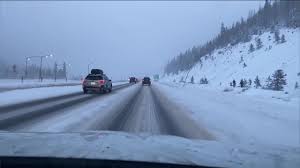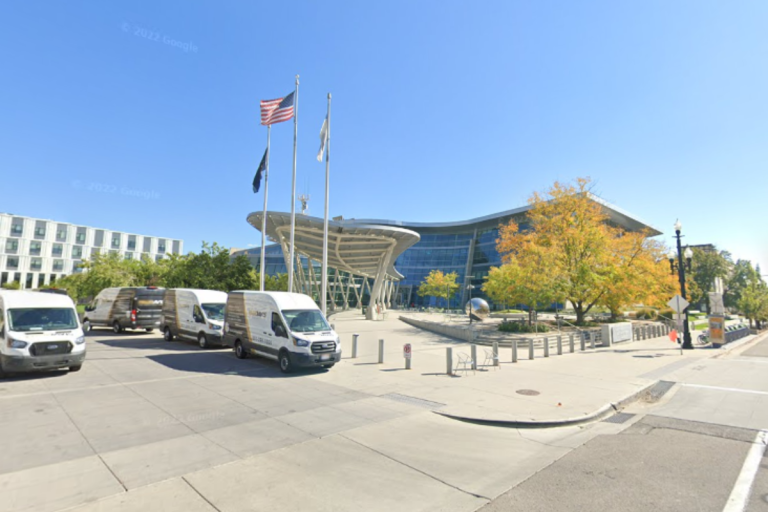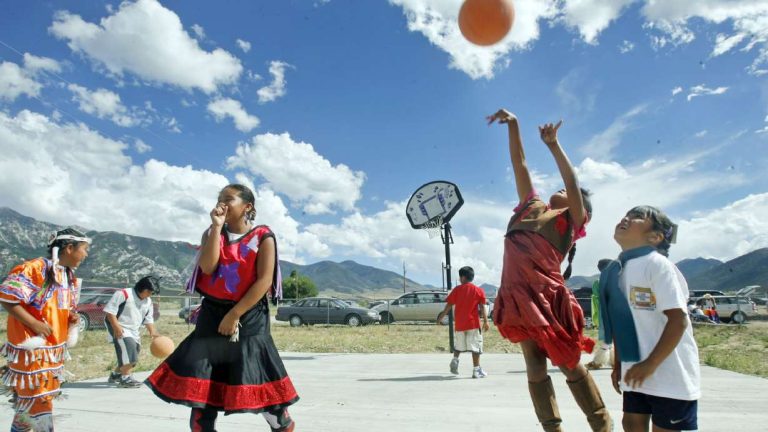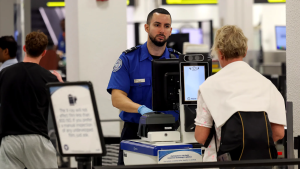The region is about to experience a significant and prolonged cold spell this week, as an Arctic blast moves in, bringing dangerously cold temperatures and severe wind chills. The National Weather Service (NWS) has issued warnings that will have a serious impact on both daily life and travel. From today through Friday, the area can expect conditions that feel dangerously cold, with wind chills not rising above zero degrees. This prolonged cold snap will cause temperatures to stay in the single digits during the day and plummet even further below zero during the nighttime and early morning hours. Those unprepared for these extreme conditions may face serious risks, including frostbite and hypothermia, especially in the wind-driven chill.
What to Expect in the Coming Days
The coldest stretch of this Arctic blast appears to be from Tuesday through Thursday. During these days, residents can expect dangerously low wind chills. In some areas, the wind chill values could plunge as low as 25 below zero. The National Weather Service has made it clear that such extreme cold can cause frostbite in as little as 30 minutes if exposed skin is left uncovered. The risk of frostbite increases with the wind, which accelerates heat loss from the body and reduces the skin’s ability to retain warmth. Even with proper clothing, the bitter cold will make it essential to limit time spent outdoors and take precautions to stay warm.
Wind chill is the key factor in how cold it will feel outside. The wind can make it feel much colder than the actual air temperature. For instance, if the air temperature is 10°F, but the wind is gusting at 25 mph, the wind chill will make it feel closer to -10°F or colder. With wind chills expected to remain dangerously low, it’s essential to check the NWS updates regularly for the latest conditions and advisories in your area.
In addition to the severe cold, there is a forecast for light snow to return on Monday. While the snow amounts will be relatively small, accumulations could reach higher amounts near the Iowa-Missouri border. Snow and ice accumulation will further complicate travel conditions, especially as the already freezing temperatures will prevent effective melting. Roads that would typically clear quickly in milder weather will remain icy and hazardous for longer periods of time. Those planning to travel in the next few days, especially in the affected regions, should prepare for delays and take extra care while on the roads.
Dangers of Extreme Cold
Prolonged exposure to extreme cold can cause serious health risks such as hypothermia and frostbite. Hypothermia occurs when the body’s core temperature drops below 95°F, causing the body to lose heat faster than it can produce it. Symptoms of hypothermia include confusion, shivering, dizziness, and slurred speech. If untreated, hypothermia can lead to unconsciousness and, in extreme cases, death.
Frostbite is another major concern during these cold conditions, and it affects areas of the body that are exposed to the cold for too long, such as the fingers, toes, ears, and nose. The skin and underlying tissues begin to freeze in extreme cold, and frostbite can occur in less than 30 minutes in wind chills of 25 below zero or colder. Early signs of frostbite include numbness, pale or waxy skin, and a cold sensation in the affected area. If you suspect frostbite, it is critical to seek medical attention immediately, as severe frostbite can cause permanent damage to the affected areas.
The National Weather Service has strongly urged residents to stay indoors whenever possible. If you must venture outside, the use of appropriate layers of clothing is crucial. Make sure to cover exposed skin, especially the face, hands, and feet, and wear a hat, scarf, gloves, and thermal socks. It’s also advisable to wear waterproof footwear to prevent your feet from becoming wet and cold, as this can increase the risk of frostbite.
For those who are working outside or engaging in outdoor activities, it’s essential to limit the amount of time spent outdoors, take frequent breaks indoors to warm up, and stay hydrated. The cold air can lead to dehydration even though it feels less hot than the summer months. Additionally, it’s important to have a charged cell phone and a battery-powered weather radio on hand in case of an emergency or power outage.
Travel Concerns Amidst Freezing Temperatures
The cold blast isn’t just a threat to personal health; it will also complicate travel, particularly as snow and ice remain on the ground. The accumulation of snow along the Iowa-Missouri border could make for treacherous driving conditions. Even light snow can cause slippery roads, but when combined with freezing temperatures, ice can become a serious problem. This is particularly true for bridges and overpasses, which freeze more quickly than regular road surfaces.
In addition, even on roads that are salted or treated, the extremely low temperatures will prevent the snow from melting or the salt from being effective. This will make driving conditions more hazardous, especially during early morning hours when the cold is most intense.
Travelers are advised to check weather updates frequently, and if possible, postpone or delay trips until after the cold snap has passed. If you absolutely need to travel, make sure your car is prepared for winter conditions. This includes having proper winter tires, a full tank of gas, windshield washer fluid, and a charged cell phone for emergency situations. Carry an emergency kit with blankets, snacks, water, a flashlight, and a first-aid kit in case of an unexpected delay.
Preparing for the Cold
As we enter a period of sustained cold, the importance of preparing your home for the freezing temperatures cannot be overstated. Ensure that your heating system is working efficiently and that your pipes are properly insulated to avoid freezing. The cold air will cause pipes, especially those in uninsulated areas, to freeze and potentially burst. The National Weather Service recommends keeping a small drip of water running from your faucets to prevent pipes from freezing.
Additionally, it’s a good idea to keep extra blankets and warm clothing on hand in case of power outages. Power lines and transformers can become damaged due to the cold weather, leading to temporary power loss in some areas. Having backup heat sources such as space heaters (with proper safety precautions) or a wood stove can help keep your home warm during these difficult conditions.
Conclusion
The Arctic blast of cold air that is sweeping across the region poses a serious risk to both health and travel. With wind chills as low as 25 below zero, residents need to take extreme precautions to stay safe. This includes staying indoors whenever possible, dressing in warm layers, protecting exposed skin, and preparing homes and vehicles for the freezing conditions. While the weather may be harsh, being informed and prepared can help mitigate the effects of this extreme cold and keep you and your loved ones safe throughout the week.
Disclaimer – Our editorial team has thoroughly fact-checked this article to ensure its accuracy and eliminate any potential misinformation. We are dedicated to upholding the highest standards of integrity in our content.























+ There are no comments
Add yours